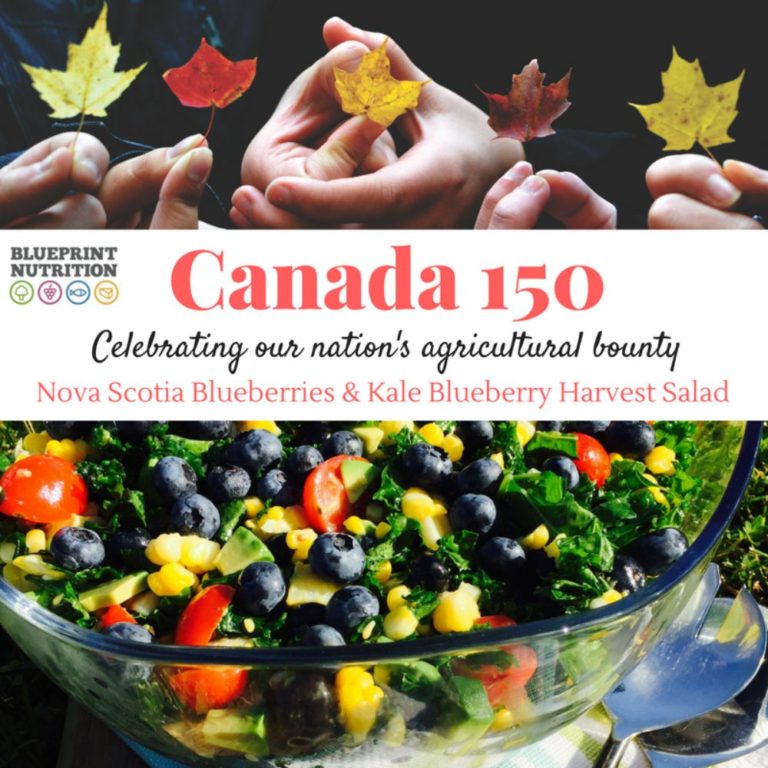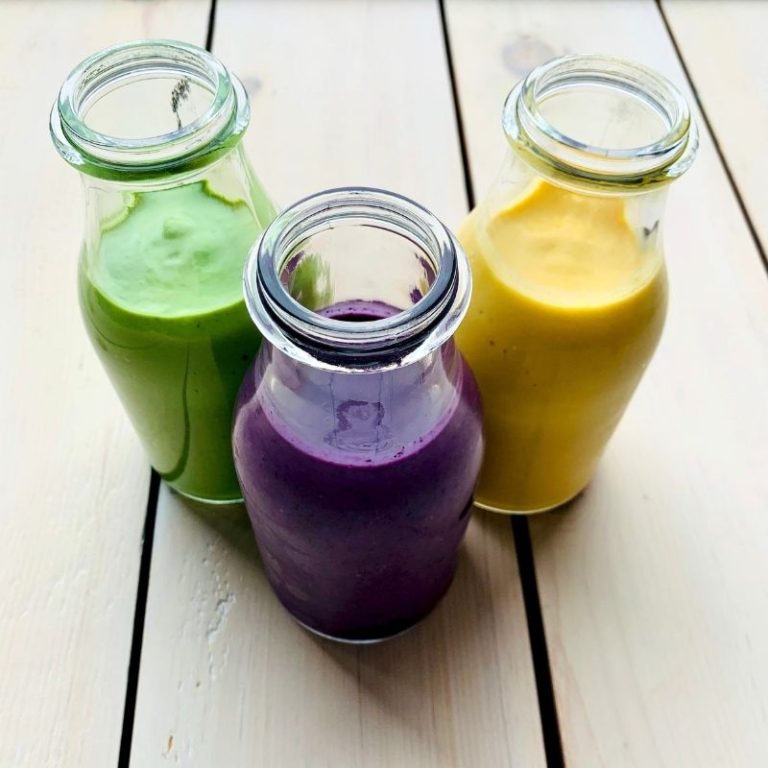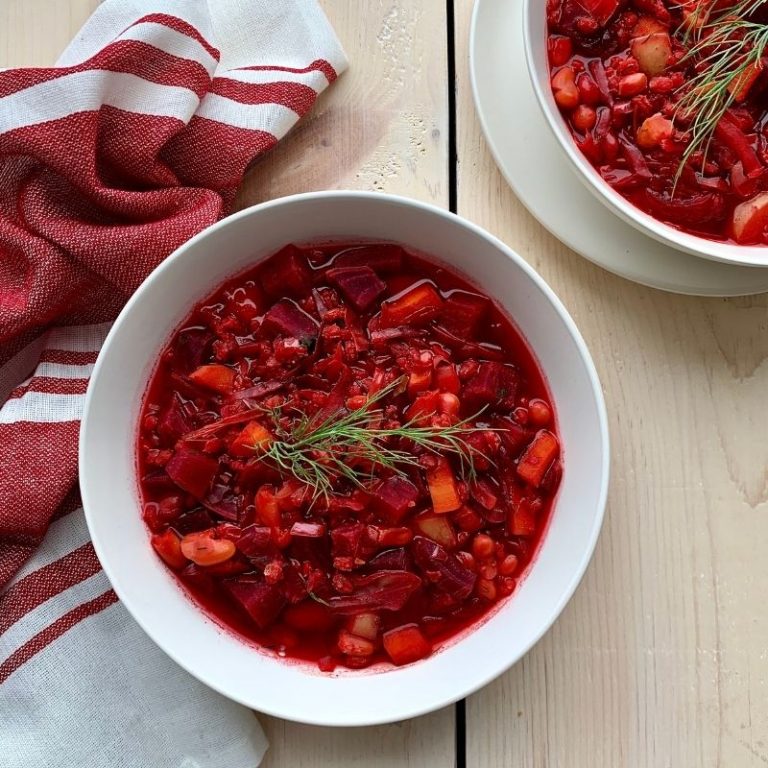Nova Scotia
We are back in Canada’s beautiful east coast again this month as we feature Nova Scotia. I have wonderful memories from my trips to this beautiful province. I have always been captivated by its simple and authentic beauty every time I visit, as well as the more enjoyable pace of east coast life.

This province has just about everything to offer the outdoor enthusiast, including whale watching, the scenic Cabot trail, abundant hiking, camping, golfing, cycling, beaches, and beautiful parks. And let’s not forget the picture-perfect lighthouses, Peggy’s Cove and the sparkling Halifax waterfront at night.
Nova Scotian Wild Blueberries
It was difficult to choose a food to highlight from the many culinary treasures that one can find in this province, including seafood, dulse (or seaweed), and donairs (the recently dubbed food of the province’s capital city Halifax). However, I could not help but to fall in love all over again with the small but mighty wild blueberry.

Wild (low bush) blueberries are different than their cultivated (high bush) counterparts as they are not planted but spread naturally through an underground root system, which is managed by farmers with modern crop management techniques. They are generally smaller than cultivated blueberries (less water content) and have a more intense “sweet/tangy” taste. There is some research to suggest that they also have higher amounts of antioxidants,
Here are some true-blue facts about Nova Scotia wild blueberries:
- There are approximately 1000 wild blueberry growers in Nova Scotia
- 30 million pounds of wild blueberries are grown in Nova Scotia each year
- The wild blueberry crop is worth more to the provincial economy than any other fruit crop
- There are only 6 areas in the world where wild blueberries are produced commercially including Nova Scotia, New Brunswick, Prince Edward Island, Newfoundland, Quebec and Maine.
If you’re really excited to partake in the blueberry culture of Nova Scotia, plan to visit between August 18 to September 2, 2017 to participate in the annual Wild Blueberry Harvest Festival held in communities across Nova Scotia!
Blueberries: Nutritional Gems!
Blueberries are the “perfect package”- small, sweet, and full of nutritional treasures! Not only do blueberries taste amazing, they are nutritional superstars, boasting a high antioxidant capacity (also known as oxygen radical absorbance capacity, or ORAC).
Blueberries are abundant in two compounds called anthocyanins and phenolics. These types of antioxidants help to fight free radicals in our body, which, if accumulated in overwhelming amounts, can contribute to cancers, heart disease, Alzheimer’s disease and many other conditions.
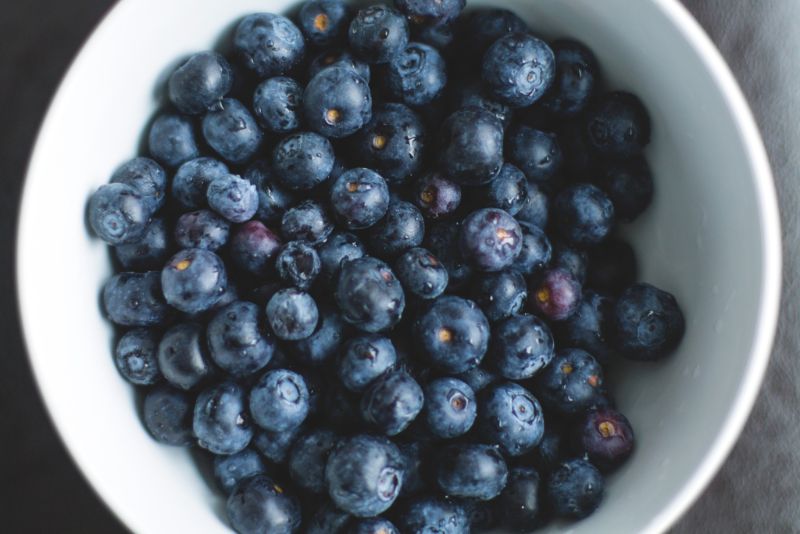
A recently published paper in the Journal of Food Science and Technology analyzed how harvest date and storage temperature affect the antioxidant capacity of wild blueberries. More specifically, they showed that late harvest time and low temperature storage (14 days in the refrigerator and 90 days’ freezer storage) significantly increased total phenol and anythocyanin content.
So, pick your blueberries later in the season and store them in the fridge or freezer at home to optimize your antioxidant consumption!
And although I am not a calorie-counting RD, one can’t help to acknowledge that 1 cup has a mere 80 calories and almost 4 grams of fibre to boot!
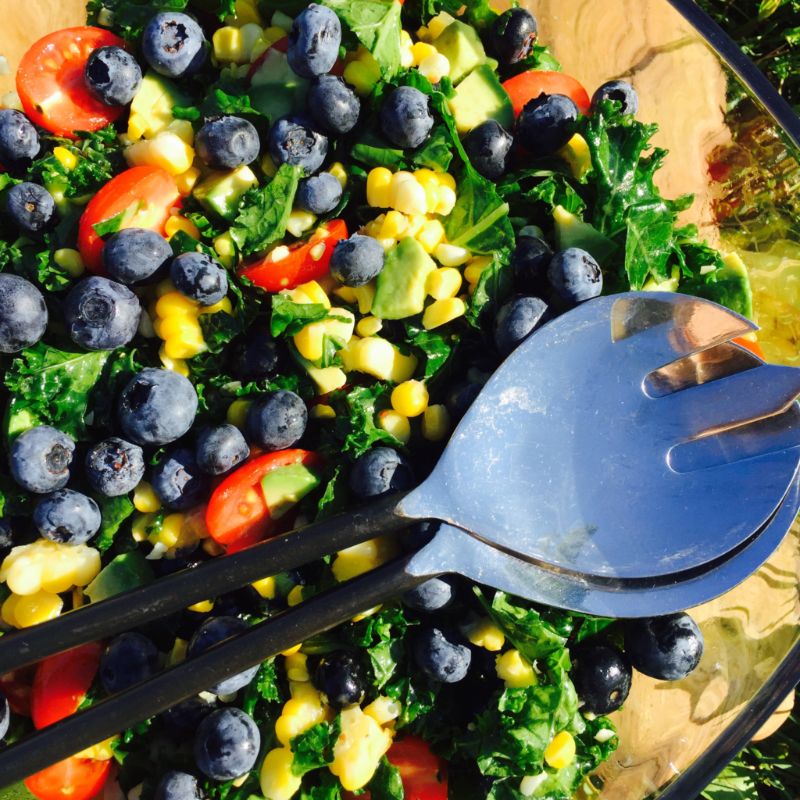
Blueberry Kale Harvest Salad
This salad boasts an abundance of summer produce available across Canada this time of year, but it is headlined with the delicate and sweet taste of the Nova Scotian blueberry!
Recipe makes one large family or crowd-sized salad
Ingredients:
Salad
- 1 or 2 bunches of kale, de-stemmed (enough to fill a large salad bowl)
- 1 cup grape or cherry tomatoes, halved
- 2 cobs sweet corn, cooked, cooled and cut off the cobs
- 1 ripe avocado, diced
- 1.5 cups wild blueberries
Dressing
- 1/3 cup extra virgin olive oil
- 1/3 cup freshly squeezed lemon juice
- 2 Tbsp local honey
- 2 tsp grainy Dijon mustard
- Dash of salt
- Freshly ground black pepper
Method:
- Wash the kale and shake leaves to rid them of excess water. De-rib the kale by cutting down on either side to remove the thick woody stem, saving only the leaves. Cut the leaves into small bite sizes pieces using a large knife. Place the kale in a large mixing bowl and set aside.
- Whisk dressing ingredients together in a small bowl or shake together in a small glass jar with a tight-fitting lid.
- Pour the dressing over the kale in the large salad bowl and use your hands to toss the salad and evenly coat the kale. Place in refrigerator for a few hours or overnight. (My preference is overnight to help soften the kale).
- Prior to serving, add the toppings (grape tomatoes, corn, avocado and blueberries) and mix well.
- Transfer into serving dish. DIG IN!
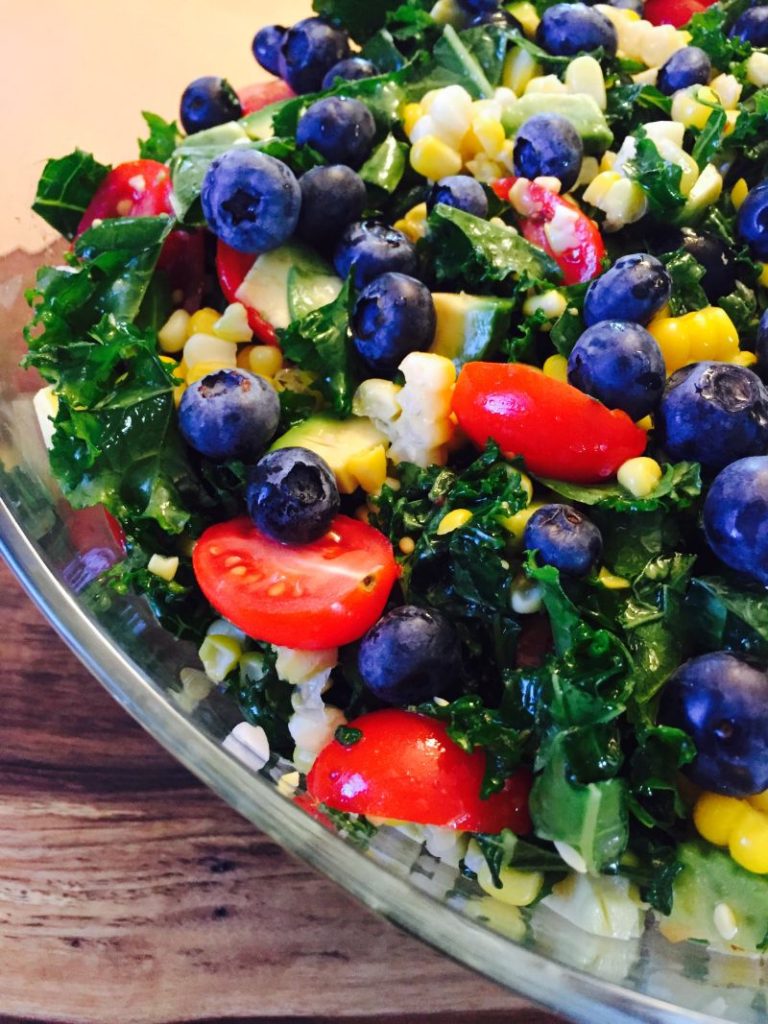
Take it one bite at a time,
Rosanne
References:
- Nova Scotia Canada. Accessed July 23, 2017 at http://www.novascotia.com.
- Wild Blueberry Producers Association of Nova Scotia. Accessed July 23, 2017 at http://www.nswildblueberries.com.
- Wild Blueberry Harvest Festival. Accessed July 23, 2017 at http://www.wildblueberryfest.com.
- Wild Blueberries. Accessed July 25, 2017 at https://www.wildblueberries.com.
- Hamilton J., Mallik A.U. Harvest date and storage effect on fruit size, phenolic content and antioxidant capacity of wild blueberries of NW Ontario, Canada. Journal of Food Science and Technology. 2017; 54(6) p. 1545-1554.
